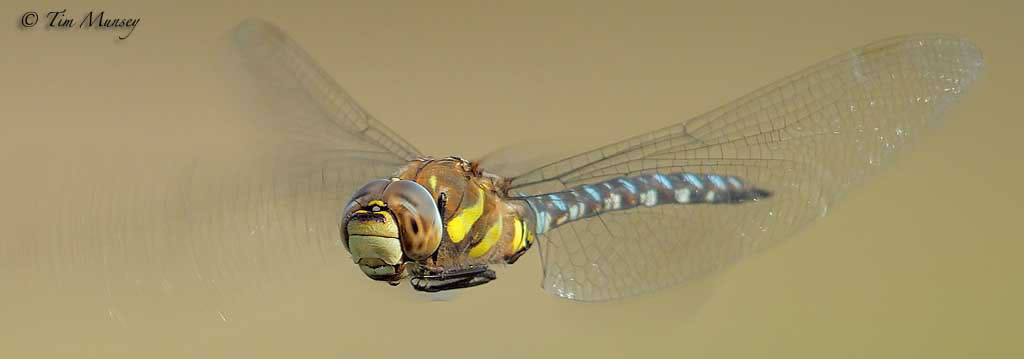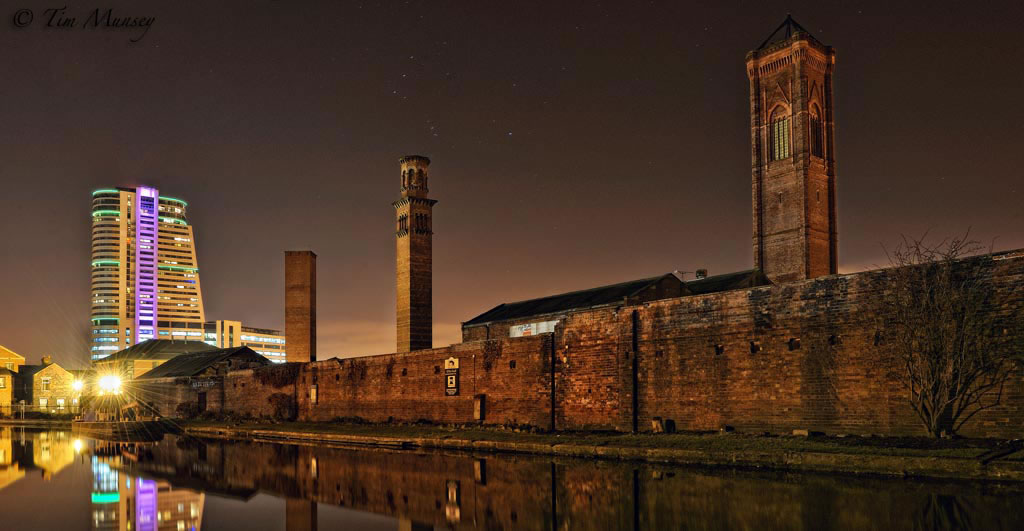|
Articles 1.Photographing dragonflies in flight.
|
|
|
Article 1. Photographing Dragonflies in Flight Equipment: Optional for both setups It also helps if your camera has a short shutter lag and can do a few frames per second Knowledge: Shooting Technique: Next step is to get your dragonfly sharp, high shutter speeds and a steady setup can help this a lot. Manual focusing is a technique that like learning to type will be slow at the beginning but can reap great benefits once learnt. I personally often use both auto and manual, I aid focusing with manual getting the insect in near focus and then use auto focus to finish the job. Once you have mastered a few, this may well takes many many shots and lots of patience you can start thinking of how you would like your picture, sharp wings/blurred wings, is it better with fill flash, how much depth of field and so forth. Sometimes your dragonfly comes closer than the minimal focal distance of your lens, this is when you would need to use an extension tube. Extension tubes enable closer focus, without losing light, and incidentally are a very cheap way to convert a lens into a macro lens. The dragonfly shot above has all the body in focus this great depth of field was achieved with the help of flash, as you close down the aperture you lose light, to keep the insect sharp you don’t want to lose too much shutter speed, so you can add more light using a flash. Using flash is a balancing act, too much and the subject doesn’t look real, so you adjust the flash output using it’s compensation to give what you feel is the most natural look. Photographing dragonflies in flight can be a lovely way to spend a sunny day, have fun it’s very addictive.
|
|
|
Article 2. City Night Shots Equipment: Optional Technique: A problem you may encounter is overexposed lighted areas, if these are large and unsightly then I suggest you take more than one exposure, one holding the detail in the bright areas and blend in a photo editing program. Its refreshing to see your city at night, very rewarding and exciting photography.
|
|


